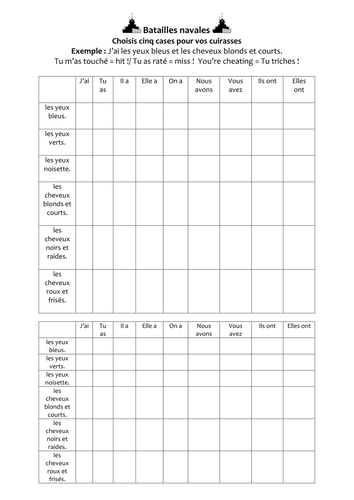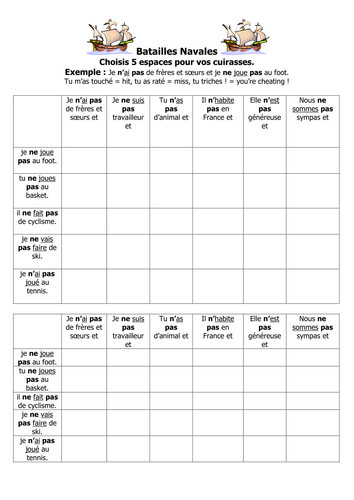LoveMFL
I’m Rachel and I've been teaching for 18 years! I first taught English (TEFL) in Japan and Madrid and then taught French and Spanish in Surrey. I subsequently worked in a UK curriculum school in sunny Dubai. I have now relocated to the UK and have a gorgeous baby daughter! I have a learning-centred approach and encourage my students to be active and reflective learners. I really enjoy the creative process of making PowerPoints and worksheets and hope you enjoy using them!





















